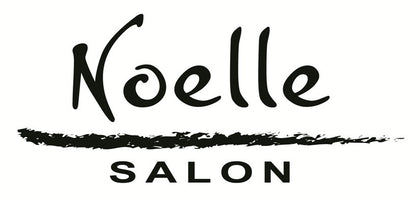How do you apply hair gloss on virgin hair like a pro?
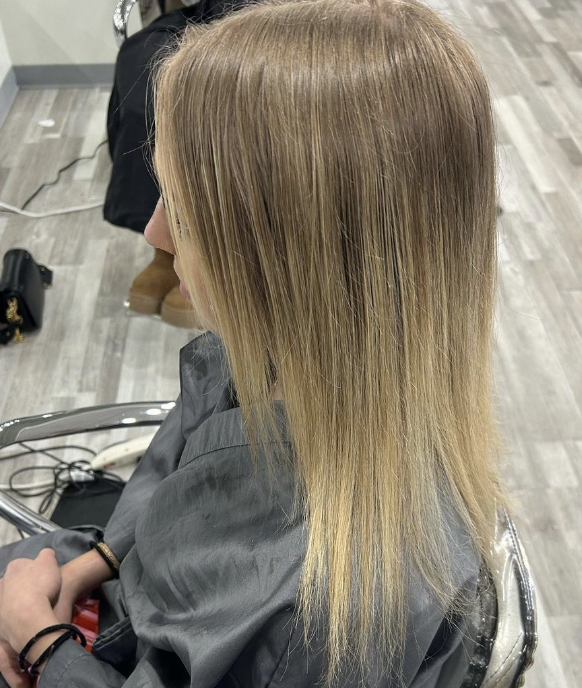
Even the healthiest virgin hair can sometimes look dull or lack that fresh, radiant glow. When you're not ready to commit to permanent color but still want to enhance your existing color and natural beauty, a hair gloss treatment, which is also an excellent hair color treatment in New York City, is the perfect solution. It boosts shine, smooths texture, and can add a soft hint of color, without altering your hair's original charm. This guide’ll show you how to apply gloss like a pro and keep your strands glowing.
Get to Know Hair Gloss: Your Hair's Secret Glow-Up Weapon
Hair gloss, a semi-permanent hair treatment, infuses your hair with fragrant hues and emulates a mirror-like shine. The gloss, a professional pigment product, smooths out the hair cuticle and hair fibers, creating a highly reflective surface. Hair gloss treatments are usually precise but can also have a hint of tint to enliven your hair's natural tones, blend gray strands, or neutralize any unwelcome brassiness, providing a subtle wash of color. With its hydrating components and color-depositing feature, hair gloss adds hydration and shade to all hair types, imparting a healthy glow.
Benefits of Applying Hair Gloss on Virgin Hair
Hair gloss can benefit everyone, irrespective of hair type. However, when used on virgin hair, it can mainly work wonders. Here are the key benefits of hair gloss:
-
Provides Shine: The primary purpose of a hair gloss is to add a high-shine finish to the hair, making it look healthy and lively.
-
Smooths Hair: Hair gloss treatments smooth the hair cuticle, leading to less frizz and easier-to-manage hair. A skilled colorist can apply these treatments effectively, often incorporating ingredients like amino acids for added nourishment.
-
Enhances Color: If you have naturally blonde or brunette hair, specific hair gloss treatments can improve these natural hues, making them more vibrant.
-
Less Damaging: As hair glosses sit on top of the hair cuticle and don't penetrate it, they are less damaging than traditional hair dyes.
-
Conditions the Hair: Besides giving your hair a boost of shine, many hair glosses are loaded with conditioning agents that moisturize the hair.
What’s the Secret to Applying Hair Gloss Like a Professional?
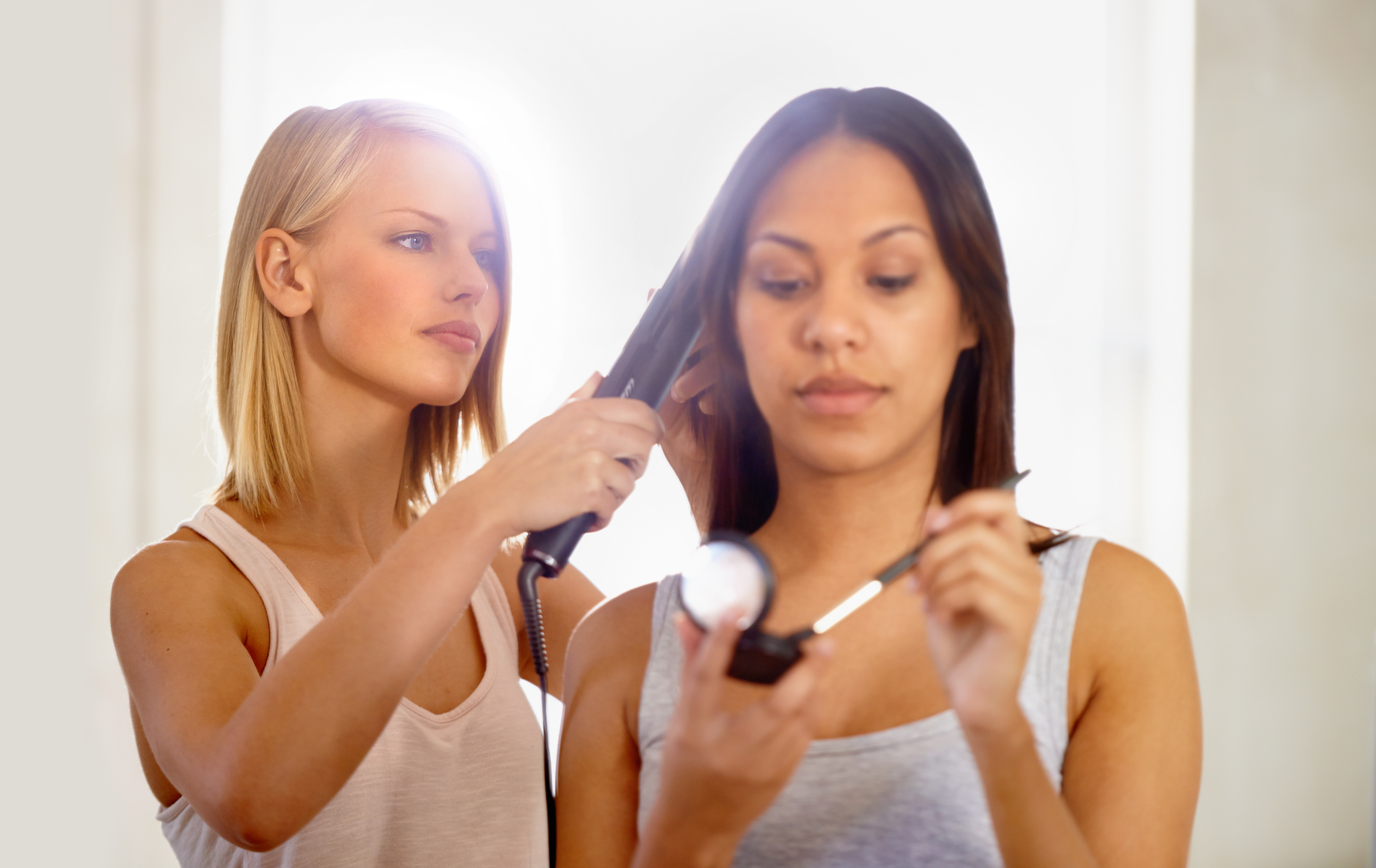
Applying the best hair glosses at home can be hassle-free if done right! It's all about following the correct procedure and using the right product for your hair type. The following sections will delve deeper into the application process and provide detailed instructions for each stage. This step-by-step guide will walk you through hair preparation, the application technique, and the timing settings.
Preparing Your Hair
The first step in your at-home hair gloss treatment is thoroughly cleaning your hair. Use a gentle shampoo and rinse with warm water to open the cuticles. A clean, grease-free surface allows the gloss to adhere better and work effectively. Avoid heavy products like deep conditioners or masks that may hinder results. Also, gently combing your hair ensures it is tangle-free. With your hair prepped, you're ready for the gloss application.
Application Technique
The application process is simple. Hair gloss typically comes in a bottle with an applicator tip. Section your hair from roots to ends, squeezing the gloss onto each section for even distribution. Protect your clothing with a towel or an old shirt, as the gloss may stain. For added safety, wear disposable gloves to prevent stains on your hands. Apply generously to saturate your hair.
Timing and Setting
Once the hair gloss is evenly distributed, it's time to wait for the magic to happen. Depending on the product, the instructions might vary. However, a general rule of thumb is to allow the hair gloss to sit in your hair for 10 to 20 minutes. For first-timers, err on the side of caution and start with the minimum recommended time. Here's a quick guide to gauge how long you should leave the gloss on your hair:
|
Hair Type |
Recommended Time |
|---|---|
|
Virgin Hair |
10-15 minutes |
|
Colored Hair |
15-20 minutes |
Types of Hair Gloss Suitable for Virgin Hair
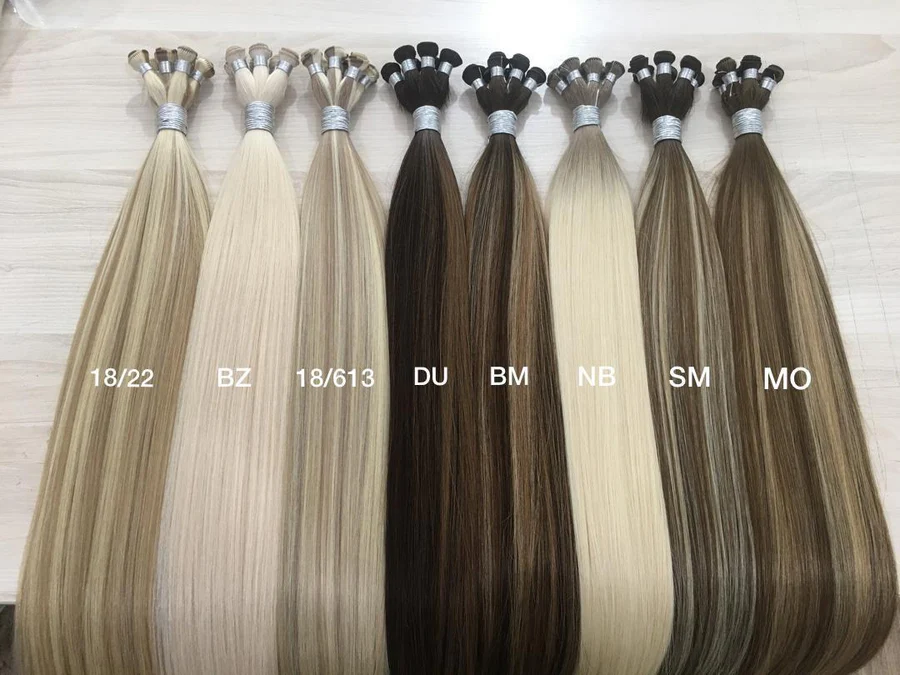
When it comes to hair gloss, there isn't a one-size-fits-all approach. Instead, it's about finding a variant that fits your hair's needs and preferences. Both clear and tinted glosses can work well for virgin hair, depending on the desired look. Let's delve into these two main types of hair gloss: Clear Gloss and Tinted Glosses.
Clear Gloss
Clear hair gloss adds shine and smoothness without altering color, enhancing your hair's healthy appearance. When applied to virgin hair, it acts as a topcoat, reflecting light and giving depth to your natural color. Additionally, it softens hair, reduces frizz, and improves manageability while protecting against environmental damage like sun exposure, chlorine, and saltwater.
Tinted Glosses
Tinted glosses add subtle color to your hair while providing shine-enhancing benefits like clear gloss. For virgin hair, they offer a non-permanent way to experiment with shades without the damage of permanent dyes or ammonia. From enhancing warm golds in blonde hair to deepening brunette tones, a wide range of colors is available. Tinted glosses also effectively neutralize brassy or gray hair caused by hard water or sun exposure. If you want to enhance your hair color or try something new subtly, tinted glosses are worth considering!
How Do You Keep That Glossy Shine Going?
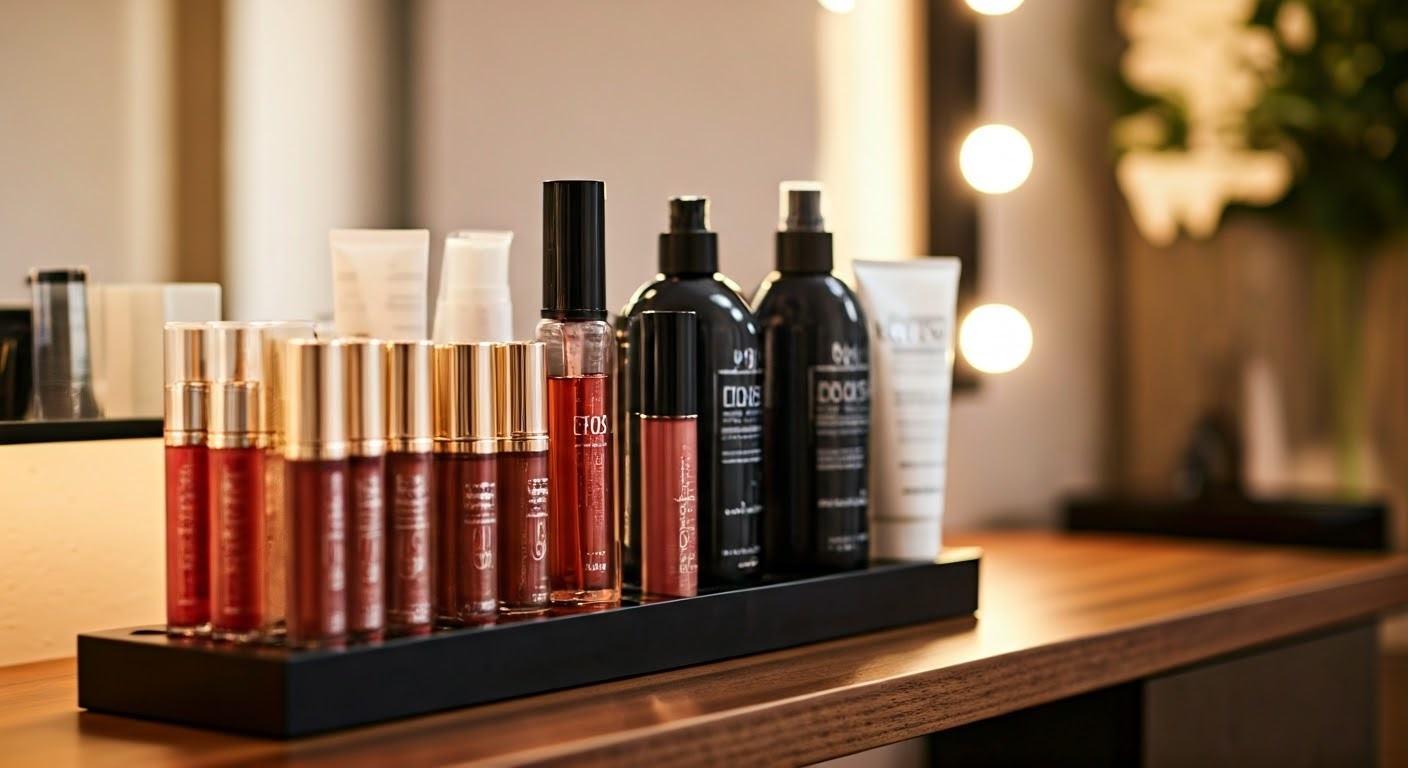
Like color-treated hair, glossed locks require proper aftercare to maintain their shine. The products you use and your shampooing frequency can impact how long the gloss lasts. Here are essential practices and products to keep your post-gloss hair in top condition.
Post-application Hair Care Tips
Proper aftercare can make all the difference in prolonging your hair gloss results. Here are some key tips to follow after your hair loss treatment:
-
Shampoo Less Often: Over-washing can strip your hair of its natural oils and the gloss layer. Try to limit shampooing to a maximum of three times a week.
-
Use Sulfate-Free Shampoos: Sulfate-containing shampoos can be harsh on hair and fade the gloss quicker. Opt for sulfate-free variants designed for color-treated hair. Here's the good news: Applying a deep conditioner is essential.
-
Apply a Deep Conditioner: A deep-conditioning mask once a week can help keep your hair hydrated and the gloss intact.
-
Avoid Chlorine: Chlorine in swimming pools can strip away the gloss from your hair. Use a swim cap or apply a protective oil to your hair before taking a plunge.
Products to Use After Applying Hair Gloss
Any product for color-treated hair will work, but look for those designed to extend the benefits of your gloss treatment. Some clear glosses include a specific shampoo and conditioner that enhance the gloss's effects. Post-gloss products typically offer extra hydration and color protection to maintain vibrancy and shine. A leave-in conditioner or color-enhancing spray can revive dry hair, while heat-protective sprays and activators are essential when using high-heat styling tools to prevent fading.
What Are the Common Mistakes to Avoid with Hair Gloss?
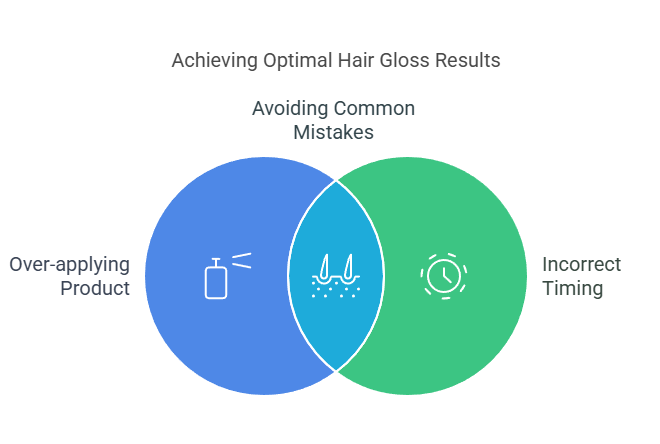
Hair gloss treatments are generally easy to manage at home, but common mistakes can hinder results. Issues often arise with application, timing, or post-treatment care. Here are two frequent errors and their adverse effects on your gloss treatment.
Over-applying Product
A common mistake when applying hair gloss at home is overusing the product. Excess product won't enhance the gloss; it can weigh hair down and make it dull. Aim for even coverage, not dripping strands. Follow your product's instructions—typically, a quarter-sized amount suffices for shoulder-length hair. Please focus on the ends, which are often the driest and need extra shine.
Incorrect Timing
A common mistake is leaving hair gloss on longer than recommended, hoping for better results. Unlike deep conditioning treatments, glosses don't benefit from extended processing times; overprocessing can alter color or reduce softness. Accurate timing is crucial for shiny, smooth results. If unsure, especially with tinted gloss, start with the minimum time and gradually increase it in future applications until you find what works best.
Get the Perfect Glossy Shine at Noelle Salon!
Ready to give your virgin hair that extra shine without the commitment of color? At Noelle Salon, we specialize in enhancing your natural beauty with professional hair gloss treatments that leave your locks silky, radiant, and full of life. Whether you're after a clear shine or a subtle tint, we've got you covered. Book your appointment today and let our expert stylists bring out the best in your hair—because your glow-up starts here, and your hair deserves to shine!
Conclusion
Applying one at home is now easy with your knowledge of hair gloss treatments. Hair gloss adds shine or subtle color to virgin hair, while a hair glaze enhances results. This guide clarifies the differences between gloss and glaze to help you choose the right product without bleach. The application process is simple, but avoid common mistakes like over-application or ignoring time limits. Proper maintenance ensures stunning results for weeks.
Frequently Asked Questions
Can hair gloss damage virgin hair if used frequently?
Hair gloss treatments are typically semi-permanent and last about four to six weeks. They often contain low levels of peroxide. Thus, it's recommended to incorporate hair gloss into your hair care routine roughly every four to six weeks, depending on how quickly your hair naturally fades and how often you wash it.
How often should hair gloss be applied to virgin hair?
Hair gloss treatments are typically semi-permanent and last about four to six weeks. They often contain low levels of peroxide. Thus, applying hair gloss roughly every four to six weeks is recommended, depending on how quickly your hair naturally fades and how often you wash it.
Is it necessary to visit a professional for hair gloss application?
While having a professional apply your hair gloss can guarantee excellent results, many hair gloss treatments are simple enough to use at home. The key is to carefully follow the item's application instructions, precisely the suggested processing time, to ensure you achieve the desired effect.
